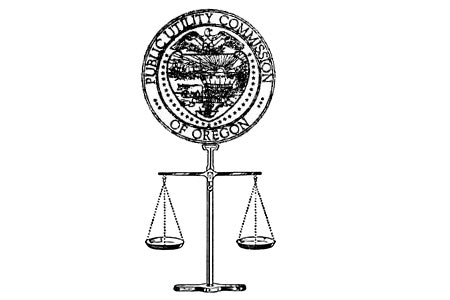CUB Notches Victories for Customers in Pacific Power’s Annual Power Cost Case
Posted on November 23, 2021 by Mike Goetz
Tags, Energy

CUB recently wrapped up work on a proceeding at the Oregon Public Utility Commission (PUC) to forecast the variable costs that Pacific Power will need to operate its system in the coming year. These costs are immediately added to customer rates once they are determined, so it is important that they are forecasted accurately. We won several victories in the case that will save customers a significant amount of money in the long term. CUB also effected changes to how coal plant economics are evaluated that should benefit customers for several years.
Pacific Power’s variable costs are forecasted through an annual process called the Transition Adjustment Mechanism (TAM). Variable costs include the amount of fuel needed to run coal and natural gas plants, the amount of renewable energy Pacific Power buys from third-party developers, and benefits the company expects to incur from selling excess energy.
In this case, CUB pushed back against the company’s proposed change to how it forecasts market sales (e.g. selling excess electricity to other utilities.) This change would have greatly decreased benefits to customers. CUB also examined costs and risks associated with coal-fired power, which Pacific Power continues to rely on heavily (coal makes up about 50% of the company’s generation mix across its six-state system.)
Electricity Sales Forecasting
Pacific Power proposed a change to its power cost forecast that would have significantly decreased the number of electricity sales the company makes. Since electricity sales offset the company’s other expenses, they are a benefit to customers. CUB took issue with this proposal because we believed it would short-change customers. Pacific Power is likely to make more electricity sales in 2022 than it was proposing to forecast. Other parties, including PUC Staff and industrial customers, also pushed back against Pacific Power’s proposal. In the end, the PUC landed on a position articulated by PUC Staff that CUB supported. The result reduced costs to customers in 2022 by $3.4 million.
Coal Plant Economics
CUB examined issues related to the current and ongoing use of several of Pacific Power’s coal-fired power plants. Pacific Power must purchase coal from third parties to fuel these plants. The agreements with those third parties commit Pacific Power to a set price for several years. However, some of them have clauses that would allow Pacific Power to back out if economic conditions changed due to environmental regulations. Pacific Power has had to invest large sums of money in its coal fleet due to environmental regulations over the years.
At one of its plants, Huntington, costs from environmental regulations are getting close to making it uneconomic. While CUB didn’t recommend that Pacific Power exit the coal supply agreement this year, we are closely monitoring the situation. Meanwhile, a different coal plant called Jim Bridger is set to shut down in 2023. Even though its planning process showed that this plant is becoming less economic, Pacific Power still proposed to forecast a high output at Jim Bridger next year. CUB recommended that the company reconsider this approach.
PUC Staff and Sierra Club joined CUB in raising questions about the economics of Pacific Power’s entire coal fleet. In the end, the PUC ordered Pacific Power to conduct a study of its entire coal fleet. This should save customers a lot of money in the coming years as Pacific Power continues to retire coal units across its system.
Pacific Power’s annual TAM proceeding is typically contentious, and there are many issues that get litigated until the end. In this year’s case, CUB was glad to contribute to a few victories on behalf of customers.
To keep up with CUB, like us on Facebook and follow us on Twitter!





11/23/21 | 0 Comments | CUB Notches Victories for Customers in Pacific Power’s Annual Power Cost Case